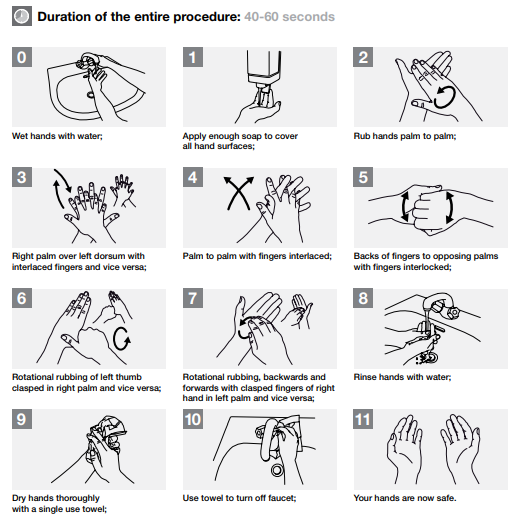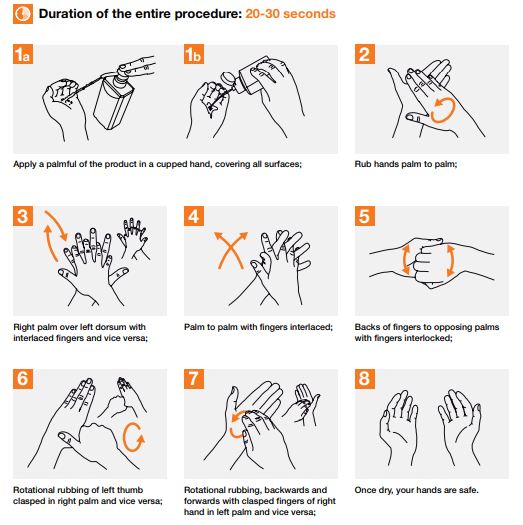
Make Hand Hygiene a Daily Habit
Practicing hand hygiene has increased manifolds since the beginning of 2020 primarily to combat the outbreak of COVID-19, the contagious infection that still remains a threat against public health.
The World Health Organization (WHO) reports that healthcare-associated infections (HCAIs) are the most frequent adverse event in healthcare. It also says that most HCAIs are preventable through good hand hygiene, i.e., cleaning hands at the right times and in the right ways. This year’s 5th May slogan for #WorldHandHygieneDay is “Seconds Save Lives – Clean Your Hands”. The WHO is calling on healthcare facilities to achieve effective hand hygiene action at the point of care.
The key to maintaining proper hand hygiene lies in understanding the basic best practices and implementing those, every time you need to clean your hands.
Washing Your Hands
According to the Center for Disease Control and Prevention (CDC), always wash your hands if they are visibly soiled. It’s also important to use soap and water during these key moments:
- Before, during, and after preparing food
- Before eating food
- Before and after caring for someone at home who is sick with vomiting or diarrhea
- Before and after treating a cut or wound
- After using the toilet
- After changing diapers or cleaning up a child who has used the toilet
- After blowing your nose, coughing, or sneezing
- After touching an animal, animal feed, or animal waste
- After handling pet food or pet treats
- After touching garbage
 Source: WHO
Source: WHO
Using a Hand Sanitizer
Hand sanitizer should be used when soap and water are not readily available. According to the CDC, you should use an alcohol-based hand sanitizer that contains at least 60-80% alcohol. Consider using hand sanitizer:
- After visiting your local grocery store
- Before and after visiting a public place
- After touching handrails (or other surfaces commonly touched by others)
Carrying hand sanitizer with you when stepping out is important. When applying hand sanitizer, remember to use enough to thoroughly wet your hands, rub briskly until dry – and don’t forget to rub your fingertips, thumbs, and in between your fingers.
 Source: WHO
Source: WHO
How to prevent Dry or Damaged Skin
Dry and irritated skin from frequent handwashing can raise the risk of infections. This, in turn, can make it easier for germs and viruses to live on your hands.
To avoid such risks while maintaining good hand hygiene, skin experts suggest to:
- avoid hot water, and use a moisturizing soap
- use skin moisturizers
- use alcohol-based hand sanitizers that contain skin conditioners
Good hand hygiene isn’t a measure to be used only during the ongoing pandemic and other disease outbreaks. It is a time-tested intervention that needs to be practiced consistently and mindfully to have the greatest effect on individual and community at large.
#HandHygiene #CleanYourHands #InfectionPrevention #SecondsSaveLives